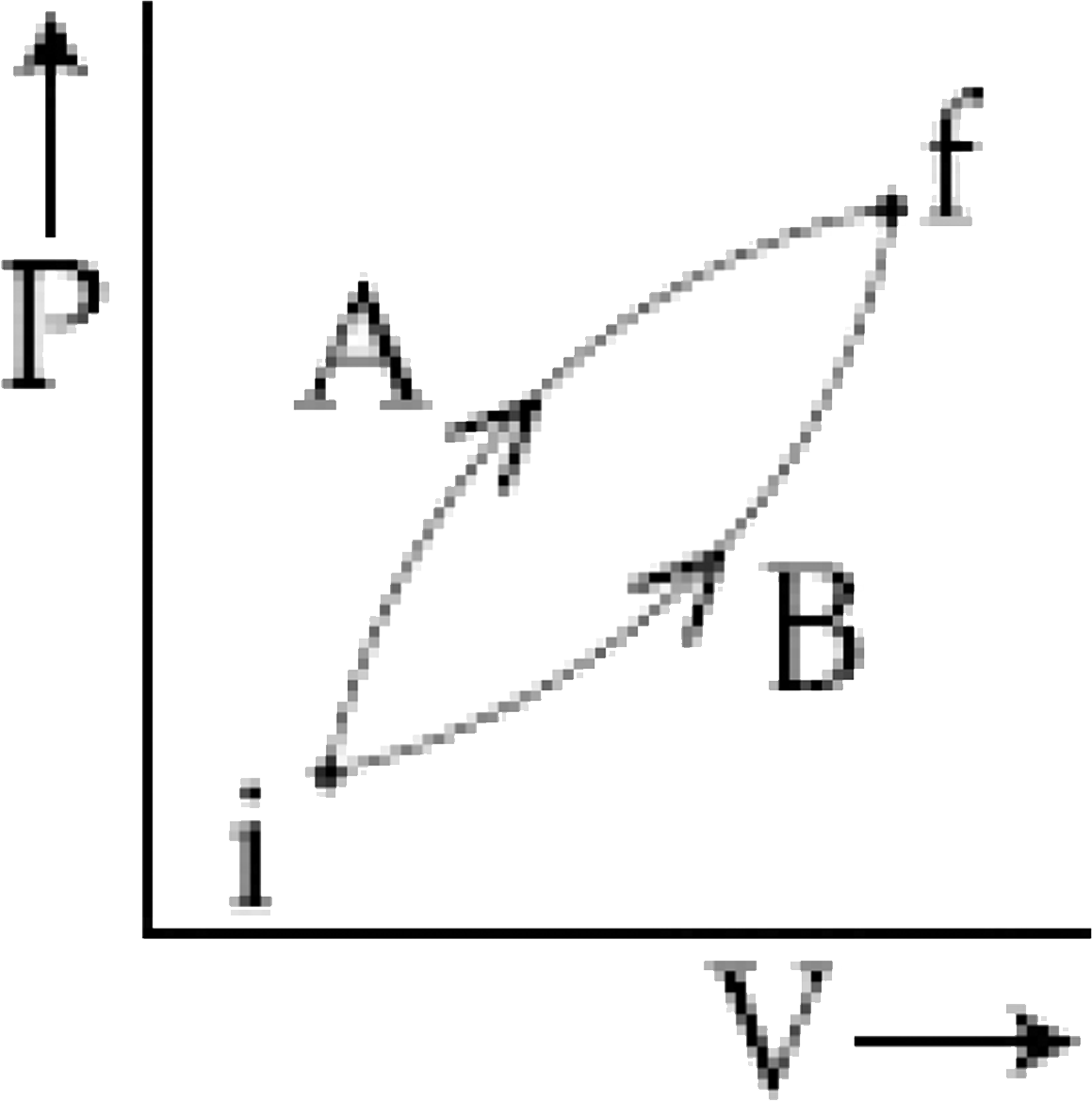A: Total enthalpy change of a multistep process is sum of ΔH1+ΔH2+ΔH3+....
R: When heat is absorbed by the system, the sign of q is taken to be negative.
If both Assertion & Reason are true and the reason is the correct explanation of the assertion , then mark (1)
If both Assertion & Reason are true and the reason is not the correct explanation of the assertion, then mark (2)
If Assertion is true statement but Reason is false, then mark (3)
If both Assertion is true statement but Reason is false, then mark (3)
The correct Answer is:C
To solve the question, we need to analyze the statements provided:
Statement A: The total enthalpy change of a multistep process is the sum of ΔH₁ + ΔH₂ + ΔH₃ + ...
Statement R: When heat is absorbed by the system, the sign of q is taken to be negative.
1. Understanding Statement A:
- According to Hess's Law, the total enthalpy change for a chemical reaction is the sum of the enthalpy changes for each step of the reaction, regardless of the pathway taken.
- Therefore, if a reaction occurs in multiple steps, the total enthalpy change (ΔH_total) can indeed be expressed as ΔH₁ + ΔH₂ + ΔH₃ + ..., which confirms that Statement A is true.
2. Understanding Statement R:
- The sign convention for heat (q) is crucial in thermodynamics. When a system absorbs heat, this is considered an endothermic process, and the heat absorbed is assigned a positive value (q > 0).
- Conversely, when the system releases heat, it is an exothermic process, and the heat released is assigned a negative value (q < 0).
- Therefore, the statement "When heat is absorbed by the system, the sign of q is taken to be negative" is incorrect. Instead, it should be stated that when heat is absorbed, the sign of q is positive.
3. Conclusion:
- Statement A is true, while Statement R is false. Thus, the correct answer to the question is that A is true and R is false.
Final Answer:
- Statement A is True.
- Statement R is False.
- According to Hess's Law, the total enthalpy change for a chemical reaction is the sum of the enthalpy changes for each step of the reaction, regardless of the pathway taken.
- Therefore, if a reaction occurs in multiple steps, the total enthalpy change (ΔH_total) can indeed be expressed as ΔH₁ + ΔH₂ + ΔH₃ + ..., which confirms that Statement A is true.
- The sign convention for heat (q) is crucial in thermodynamics. When a system absorbs heat, this is considered an endothermic process, and the heat absorbed is assigned a positive value (q > 0).
- Conversely, when the system releases heat, it is an exothermic process, and the heat released is assigned a negative value (q < 0).
- Therefore, the statement "When heat is absorbed by the system, the sign of q is taken to be negative" is incorrect. Instead, it should be stated that when heat is absorbed, the sign of q is positive.
- Statement A is true, while Statement R is false. Thus, the correct answer to the question is that A is true and R is false.
- Statement A is True.
- Statement R is False.
Topper's Solved these Questions
Similar Questions
What is the sign of ΔH for H2(g)→2H(g) ?
View SolutionEnthalpy is an extensive property. In general, if enthalpy of an overall reaction A→B along one route is ΔrHandΔrH1,ΔrH2,ΔrH3..... Represent enthalpies of intermediate reactions leading to product B. What will be the relation between ΔrH overall reaction and ΔrH1,ΔrH2... etc for intermediate reaction.
View Solution
Knowledge Check
Following figure shows two process A and B for a gas. If ΔQA and ΔQB are the amount of heat absorbed by the system in two case, and ΔUA and ΔUB are changes in internal energies, respectively, then :
 AΔQA<ΔQB,ΔUA<ΔUBBΔQA>ΔQB,ΔUA>ΔUBCΔQA>ΔQB,ΔUA=ΔUBDΔQA=ΔQB,ΔUA=ΔUB
AΔQA<ΔQB,ΔUA<ΔUBBΔQA>ΔQB,ΔUA>ΔUBCΔQA>ΔQB,ΔUA=ΔUBDΔQA=ΔQB,ΔUA=ΔUBGiven that
A(s)→A(l),ΔH1=x
A(l)→A(g),ΔH2=y
The heat of sublimation of A will .Ax+yBx−yCx or yD−(x+y)ΔH for thermal decomposition process is
ApositiveBnegativeCzeroDpositive or negative
Enthalpy is an extensive property.In general, if enthalpy of an overall reaction A→B along one route is ΔrH and ΔrH1+ΔrH2+ΔrH3 ... Represent enthalpies of intermediate reactions leading to product B.What will be the relation between ΔrH for overall reaction and ΔrH1,ΔrH2....etc, for intermediate reactions.
View SolutionEnthalpy is an extensive property. In general, if enthalpy of an overall reaction A→B along one route is ΔrHandΔrH1,ΔrH2,ΔrH3..... Represent enthalpies of intermediate reactions leading to product B. What will be the relation between ΔrH overall reaction and ΔrH1,ΔrH2... etc for intermediate reaction.
View SolutionFor which change ΔH≠ΔE :-
View SolutionFor which change ΔH≠ΔE:
View SolutionIf enthalpy of an overall reaction X>Y along one route is ΔrHandΔrH1,ΔrH2,ΔrH3…….representing enthalpies of reaction leading to same product Y then ΔrH is
View Solution